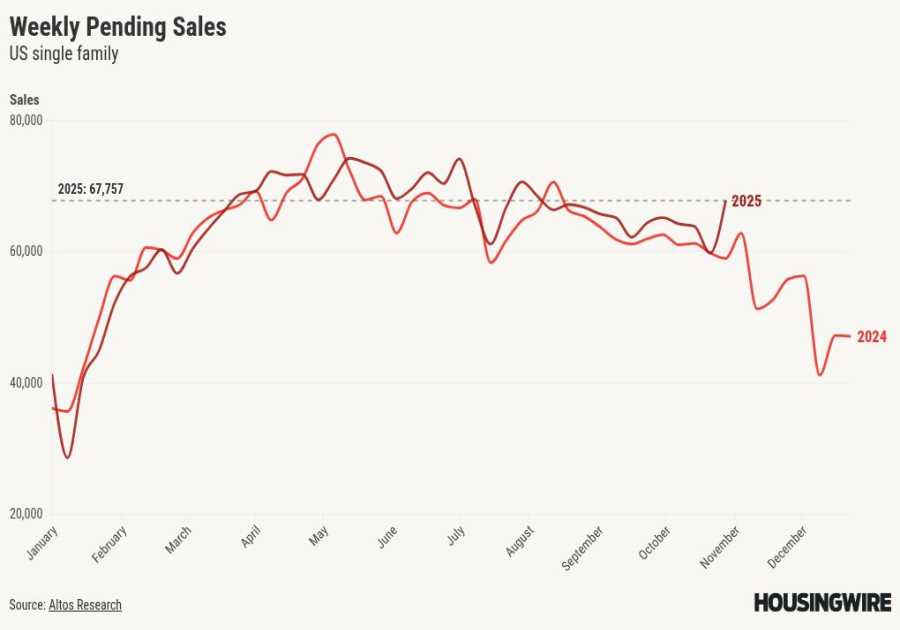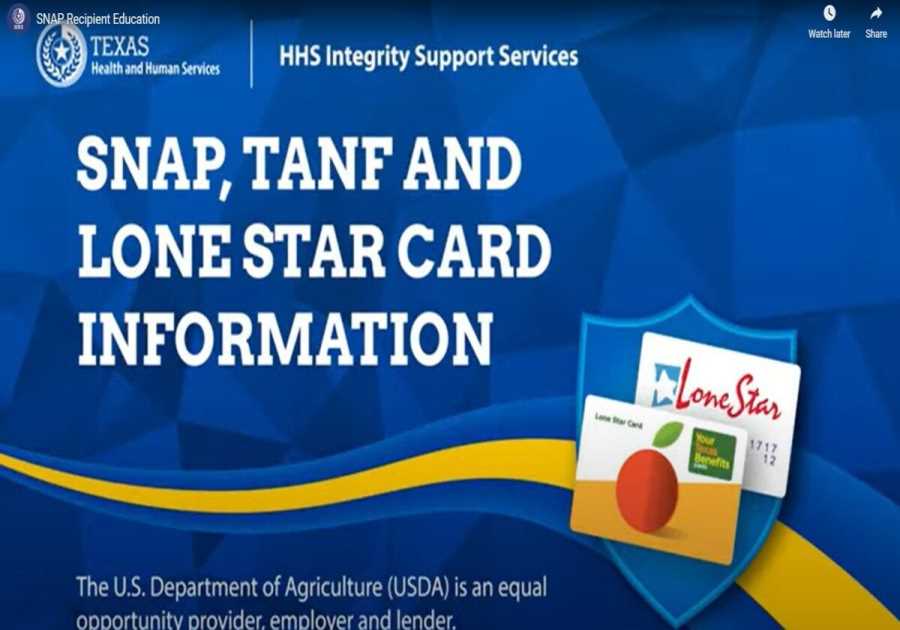Tax law is convoluted, and it’s becoming even more complicated. In recent years, accounting for income taxes has become a major challenge, especially for public companies subject to increased scrutiny from the United States Securities and Exchange Commission (SEC) and other regulatory agencies. Adding further layers of complexity is the looming first filing date for BEPS Pillar Two.
By digitizing their enterprise tax reporting, corporate tax teams can dramatically simplify their processes, eliminate manual effort, increase accuracy, and deliver results faster.
Trends in Enterprise Tax Reporting
The world is moving toward digital tax reporting for a multitude of reasons. Accuracy has always been important, of course, but tax teams face greater challenges than ever getting the numbers right.
Chief among these is the constantly changing tax reporting requirements issued by revenue authorities. In the US, for example, a reduction in federal tax rates led to an increased percentage of expenses being allocated to state taxes. That has led to an increased focus on state taxes, requiring a more granular focus than in the past. Significant regulatory changes elsewhere – including tax base erosion and profit shifting (BEPS) Pillar Two which allows a jurisdiction to impose tax where an effective tax rate in a jurisdiction falls below 15 percent – are altering the landscape even further.
Another key trend is the rise in importance of business analytics, which deliver tremendous value to corporate leaders across every department, including the tax team. Visual intelligence and report books have become valuable tools in the tax reporting process, but assembling the necessary information can be a challenge. Specifically, effective tax reporting often requires that information from multiple data sources be combined and reported holistically. Tackling this task manually is both time-consuming and prone to errors.
With the right enterprise tax reporting and analytics in place, however, there are significant advantages to be gained. Corporate tax teams can generate reports to reflect multiple scenarios, making it possible to plan in a way that minimizes tax impact to the company.
This speaks to the increased importance of the tax department within the organization. Like other finance functions, enterprise tax is moving away from its traditional historical focus on recordkeeping to a strategic role that involves increased input into planning and other analytical activities.
At the same time, tax teams are under more pressure than ever to report results quickly. An uncertain market, combined with the demand to do more with fewer resources, means tax teams need to be more efficient and make better use of technology.
Corporate Tax Software: To Build or Not to Build
Download NowThe Challenge of GAAP Vs. IFRS and Country-specific Standards
To add complexity, corporate tax teams must grapple with multiple accounting standards. Under US GAAP, ASC 740 dictates that businesses must analyze and disclose their current tax position, including tax payable or refundable for the current year, deferred tax assets (DTA), and deferred tax liabilities (DTL). ASC 740 also provides standards for measuring, recognizing, and reporting uncertain tax positions.
Complying with ASC 740 is a particularly complex challenge for public companies. It’s also an area of increased focus from the SEC. This raises the stakes for enterprise tax professionals, specifically in the areas of accuracy and timeliness.
For jurisdictions that require reporting under International Financial Reporting Standards (IFRS), the rules are somewhat different. IAS 12 governs the recognition of income tax expense for financial reporting under IFRS. IAS 12 has implemented a so-called “comprehensive balance sheet method” of accounting for income taxes which recognizes both the current tax consequences of transactions and events and the future tax consequences of the future recovery or settlement of the carrying amount of an entity’s assets and liabilities. This creates significant complexities for corporate tax teams.
These challenges become even more problematic if your organization must report in both GAAP and IFRS. Organizations that must deliver consolidated statements from subsidiaries in multiple jurisdictions are challenged to sort out the distinctions, produce tax reports, and plan to minimize future tax liabilities in an increasingly complex world.
The Shifting Role of the Corporate Tax Team
Tax teams are transitioning to a more strategic role in their respective organizations. As they do so, back-office functions such as tax reporting can act as a drag on momentum. Reporting is a required activity, but it can be extraordinarily time-consuming. By streamlining the tax reporting process, teams are left with more time to focus on value-added activities such as analysis and strategic planning.
Here’s how corporate tax teams can transition to this more strategic function:
- Standardize. By building a standard framework for preparing and reporting the tax numbers across the entire corporate group, tax teams can build greater efficiency and processes. When the same framework applies to every jurisdiction in which they operate, tax teams can more easily compare performance across multiple entities and reporting cycles. This makes it possible to report actual year-to-date results and forecast data, for example. It makes it possible to eliminate the previously manual tasks of data collection and data aggregation, freeing up time for value-added tasks such as delivering insights to management about the tax impact of various business decisions.
- Automate. With digital automation, tax teams can streamline many of the tasks that were previously performed manually, such as data collection and calculations. The best tax reporting software can automatically populate key numbers such as pre-tax income (that is, profit before tax), import general ledger values, automate temporary differences, and supply the information necessary to support tax journal entry and footnote disclosures. As a result, tax teams can spend less time on tedious manual processes while improving the quality of their data and reducing errors. For organizations that must report in both GAAP and IFRS, automating and formatting these calculations in a single system reduces manual effort even further.
- Transform the Tax Function. Having laid the groundwork with a standardized framework and digital automation, the tax team can concentrate more effort on growing its strategic role within the organization. With the right tools, the tax department can work more effectively alongside finance, without sacrificing its autonomy. With the right digital tax reporting solutions, the tax team can maintain full ownership of its processes while building the agility and responsiveness that today’s organizations require.
Longview Tax accelerates your tax provisioning and reporting processes so you can make best use of your time to meet rigid reporting deadlines. Historically, consolidating tax data has been a time-consuming, error-prone, manual process. Longview Tax streamlines those processes, conforming to the unique needs of your company, helping you to deliver up-to-date tax data to stakeholders in your organization. Longview Tax simplifies trend and variance analysis and makes it easy for you to drill into data for your tax jurisdictions (or legal entities) to respond to questions from your CFO, using pre-built and flexible, ad-hoc reports and analytics.
The post Enterprise Tax Reporting: Digitization Is the New Standard appeared first on insightsoftware.
------------Read More
By: insightsoftware
Title: Enterprise Tax Reporting: Digitization Is the New Standard
Sourced From: insightsoftware.com/blog/enterprise-tax-reporting-digitization-is-the-new-standard/
Published Date: Fri, 04 Aug 2023 04:05:46 +0000
Did you miss our previous article...
https://trendinginbusiness.business/finance/farage-resignations-and-banking-transparency-what-does-it-mean-for-aml-services
.png)





